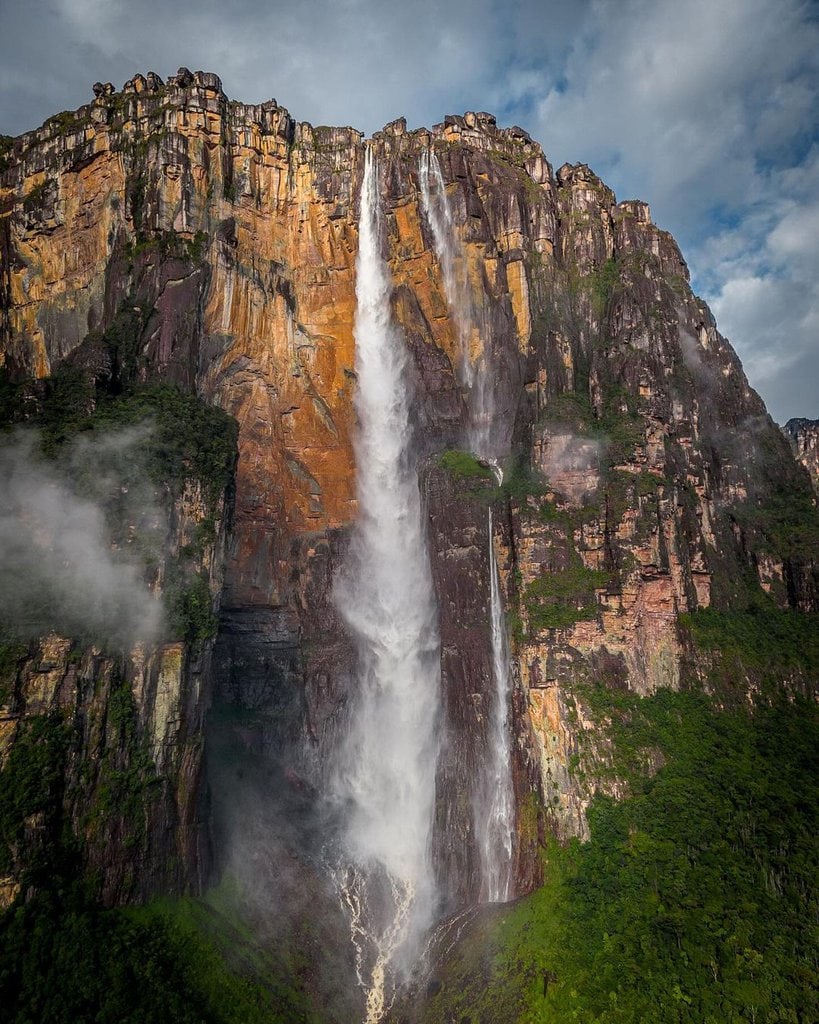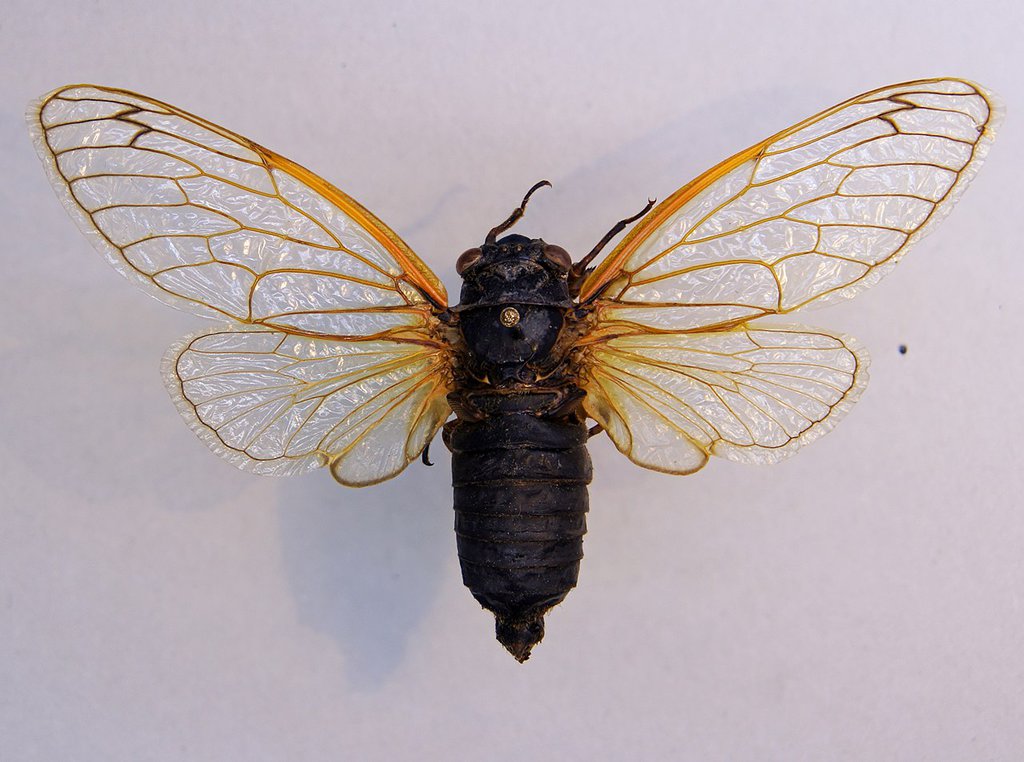The Magnificent Angel Falls
Tucked away in the dense jungles of Venezuela’s Canaima National Park lies Angel Falls, the largest waterfall on Earth. Named after Jimmy Angel, a US aviator who first spotted the falls from the air in 1933, Angel Falls plunges an astonishing 3,212 feet from the summit of Auyán-tepui, a towering table mountain.
The falls cascade down the sheer cliffs of the tepui in a breathtaking display of natural beauty, creating a mesmerizing spectacle that draws visitors from around the globe. Angel Falls is not only a testament to the Earth’s geological wonders but also a cultural icon and source of inspiration for artists, adventurers, and nature enthusiasts alike.

A Geological Marvel
The formation of Angel Falls is a result of the unique geological processes that have shaped the landscape of Canaima National Park over millions of years. Auyán-tepui, the tabletop mountain from which the falls originate, is composed of ancient sandstone and quartzite rocks that date back to the Precambrian era.
The sheer cliffs of the tepui create a perfect canvas for water to cascade down, forming Angel Falls as it plunges into the depths below. The surrounding rainforest, with its lush vegetation and diverse wildlife, adds to the allure of the falls, creating a pristine wilderness teeming with life.
Preserving a Natural Treasure
As one of the world’s most iconic natural wonders, Angel Falls serves as a reminder of the importance of preserving our planet’s precious ecosystems. Canaima National Park, where the falls are located, is recognized as a UNESCO World Heritage Site, protecting its unique biodiversity and cultural heritage. However, the park faces threats from deforestation, mining, and other human activities that endanger its delicate ecosystems.

By promoting sustainable tourism and conservation efforts, we can ensure that future generations have the opportunity to experience the awe-inspiring beauty of Angel Falls and appreciate the wonders of our natural world.
Cicada Double Brood Event: What to Expect When Trillions of Bugs Emerge in Eastern US

The Cicada Invasion
Get ready for the cicada invasion! A rare double brood event is set to occur in the Eastern United States, bringing trillions of cicadas to the region. These noisy insects, known for their distinctive buzzing sound, will emerge from underground after spending years developing as nymphs. The upcoming event is expected to be a spectacle like no other, with millions of cicadas blanketing trees, sidewalks, and outdoor spaces.
Brood X and Brood XIV
The cicada invasion will be fueled by the simultaneous emergence of two distinct broods: Brood X and Brood XIV. Brood X, also known as the Great Eastern Brood, emerges every 17 years, while Brood XIV emerges every 13 years. The convergence of these two broods is a rare occurrence and is expected to result in an overwhelming abundance of cicadas in the affected areas. Residents can expect to see swarms of cicadas emerging from the ground and molting into their adult forms.
What to Expect

As the cicadas emerge, residents can expect a few weeks of noisy mating calls as the insects search for mates. The loud buzzing sound, produced by the male cicadas to attract females, can be heard from miles away and may become a constant background noise in affected areas. While the sheer number of cicadas may seem overwhelming, experts assure that they pose no threat to humans and are simply a natural phenomenon.
Residents are encouraged to take precautions to protect young trees and shrubs, as cicadas may damage small branches when laying their eggs. Despite the inconvenience of the cicada invasion, many people view it as a fascinating natural event and an opportunity to witness the wonders of nature firsthand.